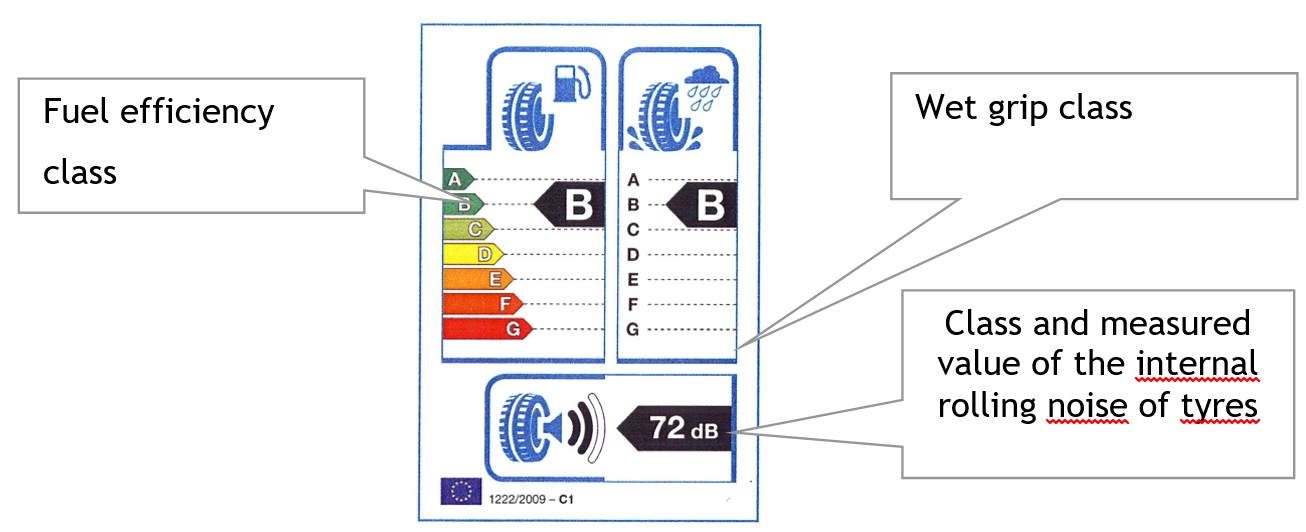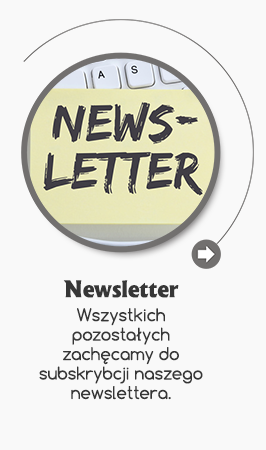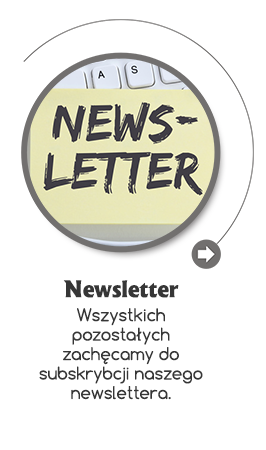Tu jesteś: Strona główna > Urząd > Informacje ogólne > Aktualności
How much can you save on good tyres?
< poprzedni | następny > 13.06.2018

- 15 countries, including Poland, took part in a tyre inspection project.
- The results are good: Polish Trade Inspection questioned the labelling of less than 3% tyres; all tyres successfully passed the laboratory tests.
- UOKiK advises on how to choose good tyres.
More than 12,000 passenger car tyres were inspected by inspectors from 15 countries during the recently finished international Market Surveillance Action for Tyres 2015 (MSTyr15). Fifteen countries were involved in the project: Belgium, Bulgaria, Croatia, Estonia, Finland, Germany, Ireland, Latvia, Lithuania, Luxembourg, Poland, Romania, Spain, Sweden and Turkey. The inspections were funded by Horizon2020 (EU research and innovation programme) and coordinated by the Prosafe organization.
In all countries, the inspection covered manufacturers, importers and sellers, including on-line stores. The inspectors checked if the offered tires are properly labelled. According to the regulations, consumers must have a chance to read a special label prior to purchase - usually it is a sticker placed on the tread, which allows to compare three important parameters. These are: fuel efficiency (important for thrifty consumers), wet grip (determines braking distance) and external rolling noise. The first two parameters are described on the label, using a scale from A (the best) to G (the worst); the noise value is presented graphically with a three-level scale and expressed in decibels. Such information must also be provided in e-shops or on bills confirming the purchase.

Selected tyres were tested in an independent laboratory in France. The objective was to check if the real rolling resistance values (which translate into fuel efficiency) and wet grip values match the manufacturer's declarations on the label. During the inspections, inspectors also reviewed technical documentation of tyres.
Results in Poland
As part of the EU project, the Trade Inspection audited 158 undertakings - mainly distributors, but also a dozen or so importers. It checked the labelling of 1,111 batches of tyres, including over 800 summer and over 300 winter ones. 32 of them raised the inspectors’ concerns due to improper or lacking labelling. In the case of 12 batches, the inspectors found irregularities in the technical documentation, such as lack of manufacturer's data or different parameters than on the label. 10 tyres from Poland went to the French laboratory, all passed the tests successfully.
“The results of the inspection are very good. In Poland, we questioned less than 3 percent batches due to labelling. This means consumers are provided with information that helps them compare the tyre properties and make an informed choice” - says Marek Niechciał, the President of the Office of Competition and Consumer Protection. He adds that good tyres translate into particular savings: “By using A class tyres, you can save up to
7.5 percent fuel, compared to G class tyres. For example - as calculated by the Polish Tyre Industry Association - on the same fuel, we can get from Władysławowo even to Bielsko-Biała on the best tyres, while on the worst ones - only to Katowice.”
“Good quality tyres also mean road safety. In case of emergency braking on wet surface, when driving on A class tyres, we will stop a few lengths of the car sooner. This can decide on our health or life. So it’s worth to be an informed consumer and consciously choose new and good tires” - adds Piotr Sarnecki, general director of the Polish Tyre Industry Association.
Results in Europe
The overall project results are quite optimistic, too. In total, the labelling of almost 12,000 tyres, of which 73 percent were summer, and 27 percent - winter ones, was checked in 15 countries. The largest numbers of batches were checked in: Turkey (1,246), Germany (1,238), Poland (1,111), Finland (1,080) and Ireland (1,080). The checked labels show that the market is dominated by E and C fuel efficiency class tyres (so not of the highest parameters). It is better with wet grip - most of the offered tyres are C and B class.
The largest number of improperly labelled tyres were found by inspectors from
15 countries in on-line stores - out of 2,888 checked products offered on-line, 627 raised their concerns. In case of traditional sellers, 568 tires were questioned for the same reason. The main problems were: lack of label, inaccurate or missing data, wrong label format. Inspectors also asked nearly 876 undertakings for technical documentation. They should have received it within two weeks; however, in 10 percent cases, they did not get it at all, and in 40 percent cases, they had to wait longer - even 60 days. In total, the irregularities in the documentation occurred in 38 percent cases.
In total, 131 tyres were selected for laboratory tests under the project. The objective was to check if the manufacturer's declarations placed on the labels match the reality. The tests showed irregularities in terms of wet grip in 5 cases, and in terms of rolling resistance - in 9 cases.
Buying tyres? Remember:
Look if there is a label on or near the tyre and check the following:
- fuel efficiency (dispenser icon) - the highest A class tyres will save you up to 7.5 percent fuel, as compared to the lowest G class tires;
- wet grip (rain icon) - on the wet surface, you will stop fastest with A class tyres. At a speed of 80 km/h your braking distance will be even 18 m shorter than with the lowest G class tires;
- external rolling noise (loudspeaker icon) - the scale of noise has the form of three beams - the more beams are black, the louder the car is; in addition, the number of decibels emitted by the tyres at a speed of 80 km/h is given.
Do you have any doubts or objections? Please, contact the Trade Inspection.
Additional information for the media:
UOKiK Press Office
Pl. Powstańców Warszawy 1, 00-950 Warszawa
Phone: +48 695 902 088
Email: biuroprasowe@uokik.gov.pl
Twitter: @UOKiKgovPL
Pliki do pobrania
- Press release (415,69 KB, docx, 2018.06.13)
- MSTyr15_2nd_Press_release (265,77 KB, docx, 2018.07.06)
Warto przeczytać
Po interwencji Prezesa UOKiK, PZPN i Ekstraklasa SA zmieniły swoje praktyki, które mogły stanowić nadużywanie pozycji dominującej. ...>
Prezes UOKiK Tomasz Chróstny wydał dwie decyzje w sprawie AUTOCENTRUM AAA AUTO – łączna kara to ponad 72 mln zł. ...>
Po interwencji UOKiK poprawi się sytuacja producentów trzody chlewnej w systemie tuczu kontraktowego. ...>
Prezes UOKiK Tomasz Chróstny nałożył kary w łącznej kwocie prawie 8 mln zł na spółki Volkswagen Poznań i Solaris Bus & Coach za tworzenie zatorów płatniczych. ...>
Prezes UOKiK nałożył ponad 46 mln zł kary na CANAL+ Polska oraz nakazał zwrot środków konsumentom. ...>
Prezentowane na stronie wakacje.pl ceny wielu wycieczek były nieaktualne lub niepełne – inna cena pokazywała się w wyszukiwarce, a inna po rozwinięciu szczegółów oferty. ...>
Wyszukiwarka
Konsumencie, masz problem?
-
Kontakt
Urząd Ochrony Konkurencji i Konsumentów
pl. Powstańców Warszawy 1
00-950 Warszawa
tel. 22 55 60 800
uokik@uokik.gov.pl
Elektroniczna skrzynka podawcza ePUAP -
Porady dla konsumentów
- Infolinia Konsumencka, tel. 801 440 220 oraz 222 66 76 76 czynna od poniedziałku do piątku w godz. 10:00 - 18:00, opłata wg taryfy operatora.
- porady@dlakonsumentow.pl
- Rzecznicy konsumentów
- Europejskie Centrum Konsumenckie





















